What is a Vertex Conversion Chart?
Vertex conversion charts are helpful tools that eye doctors, optician, para-optometric technicians, etc, use as part of the process of determining what power to use for your contact lenses.
Here is a conventional vertex conversion chart:

First, the prescription for the glasses is determined, then the numbers on the glasses prescription are ‘back vertexed’ using a vertex conversion chart to turn them into numbers are more appropriate for contact lenses.
If you’re not familiar with why numbers would be different for glasses and contact lenses, I suggest reading this article.
Limitation of Vertex Conversion Charts
The way that vertex conversion charts are made, they only allow you to convert one power at a time. And as we all know, to correct vision perfectly, sometimes glasses require 2 different powers called the Sphere and the Cylinder.
Using a conventional vertex conversion chart to convert both the Sphere and the Cylinder is complicated due to the way they are written out on prescriptions. Without going into the long explanation for it, converting a complicated prescription with Sphere and Cylinder usually requires using a vertex conversion chart in conjunction with drawing a power cross diagram, which can be a little time consuming.
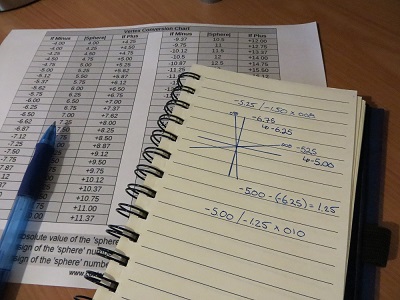
I thought about what it would take to create vertex conversion charts for both Sphere and Cylinder powers that would prevent one from needing to do the power cross diagram. It turns out that all it took was a little bit of patience and a photo editor.
On this page, you will find a link to the charts I created which apply the back vertex formula to both Sphere and Cylinder powers at the same time. Lots of combinations are possible here, so it was necessary to create multiple charts and organize them by Sphere power.
Please note that these chart are for reference and informational purposes only. They are not meant to determine anything more than the result of the back vertex formula. A prescription for contact lenses requires many more steps, including a physical examination of the contact lenses on your eyes, and can only be issued by a licensed optometrist or optician.
Why Make These Charts?
When I was a para-optometric assistant doing back vertex calculations for the optometrists I worked for, I had to deal with a lot of calculations and diagrams that were pretty time-consuming. For simple prescriptions, I could do the math in my head, but when prescriptions got very high and complicated, I had to pull out my paper and pen and start drawing diagrams and adding and subtracting all sorts of numbers in order to arrive at the proper conversion. In retrospect, it would have been a lot easier to have these charts to refer to.
So I made them for everyone’s benefit.
The Charts
The charts are organized by Sphere power. Every chart will show the conversion for the specified Sphere power and all of the Cylinders between 0 and -3.25 in increments of -0.25. Charts are available for Sphere powers between 0 and -7.75.
Here is a sample conversion chart for Sphere powers of -7.00.

I have arranged all the charts in a table below. If you’re a optometrist, optician, or a student and find these charts helpful, feel free to bookmark this page. Alternatively if you’d like a .pdf version for easy access in your clinic, leave a comment below!
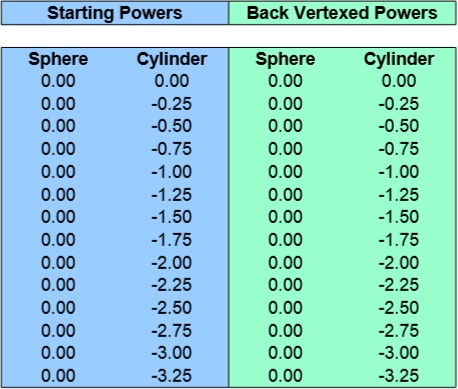 |
 |
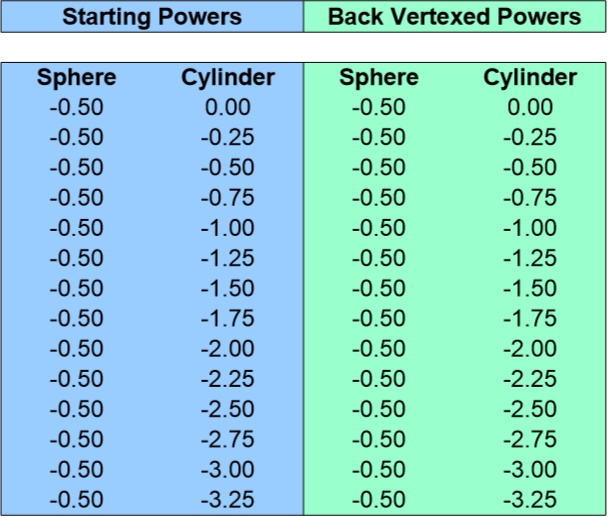 |
 |
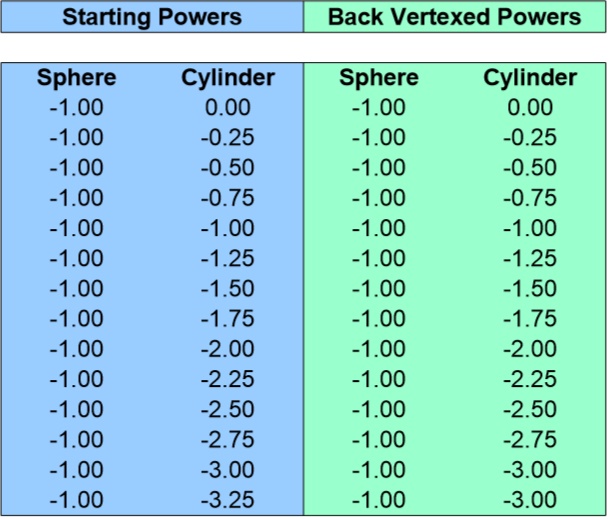 |
 |
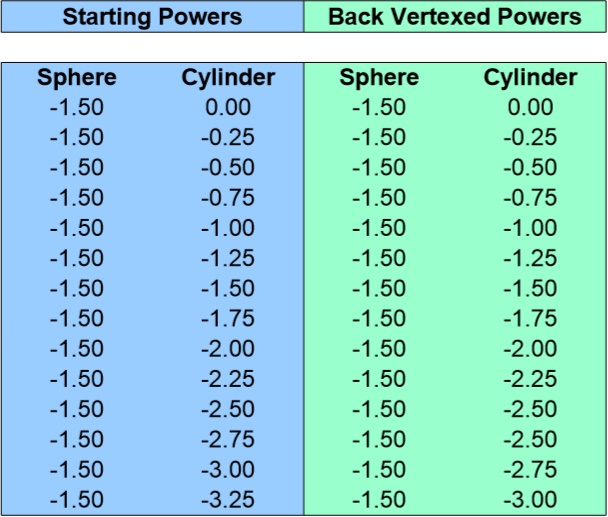 |
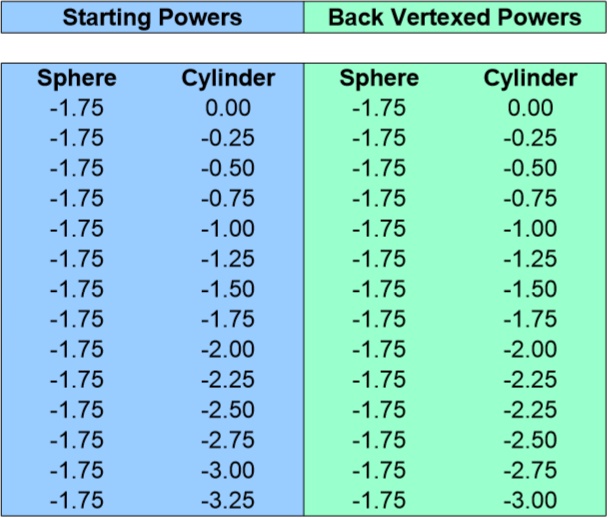 |
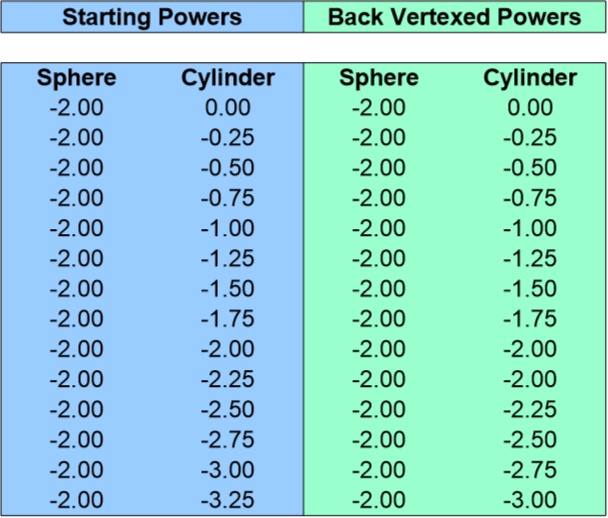 |
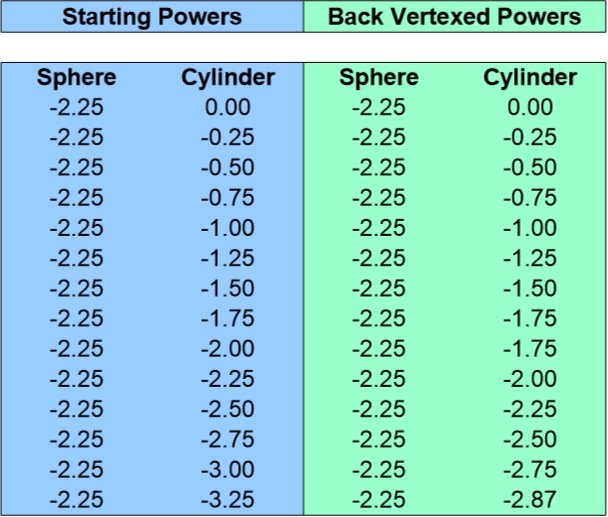 |
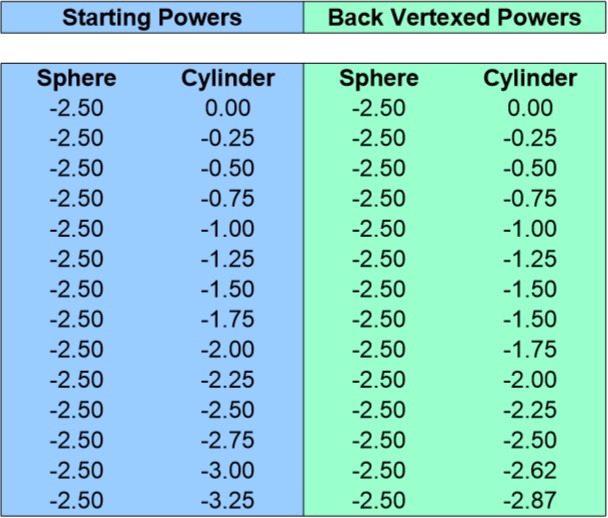 |
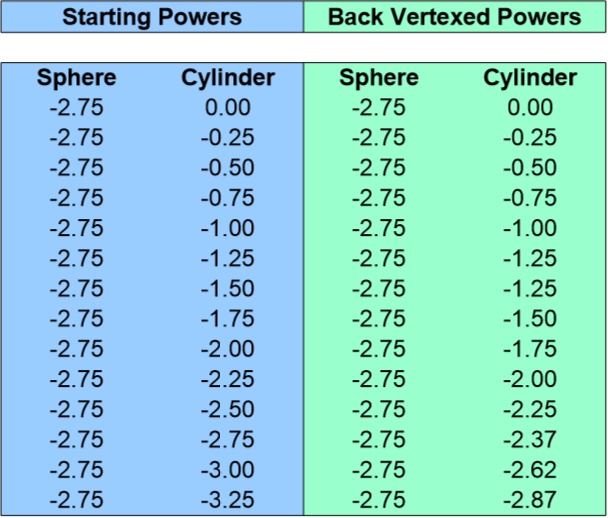 |
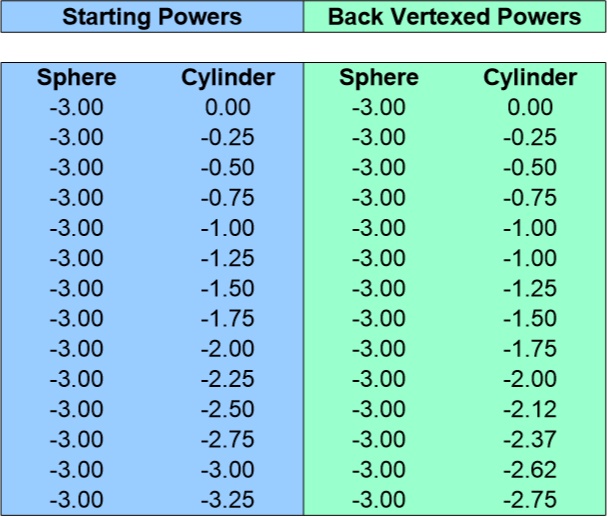 |
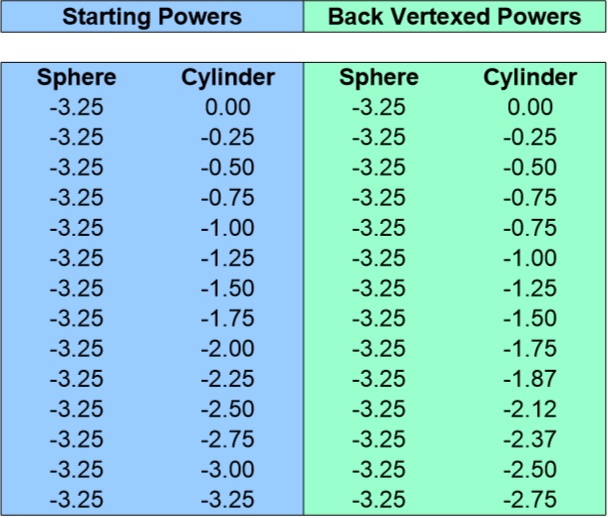 |
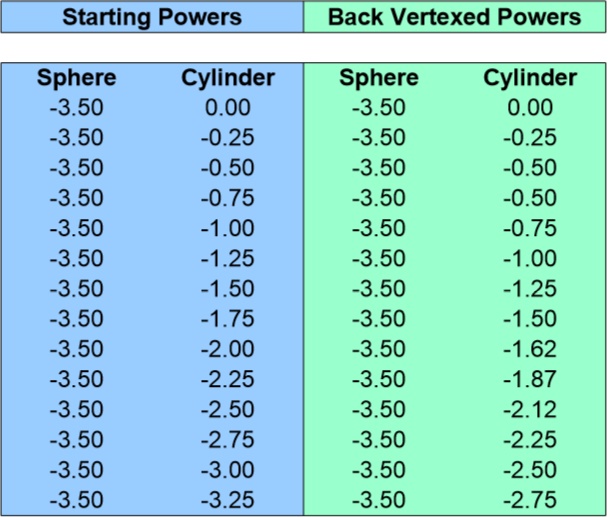 |
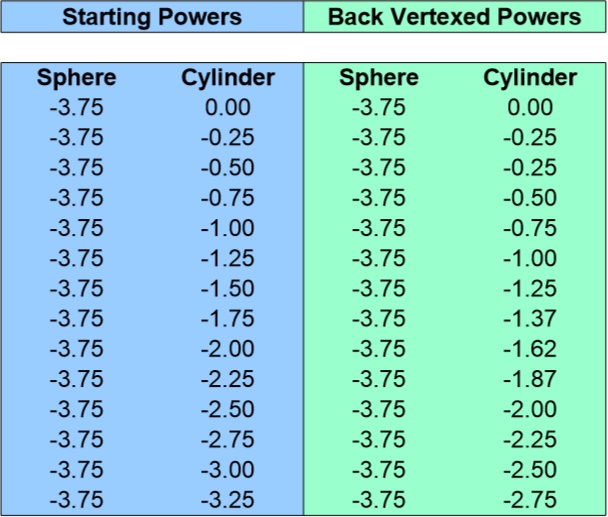 |
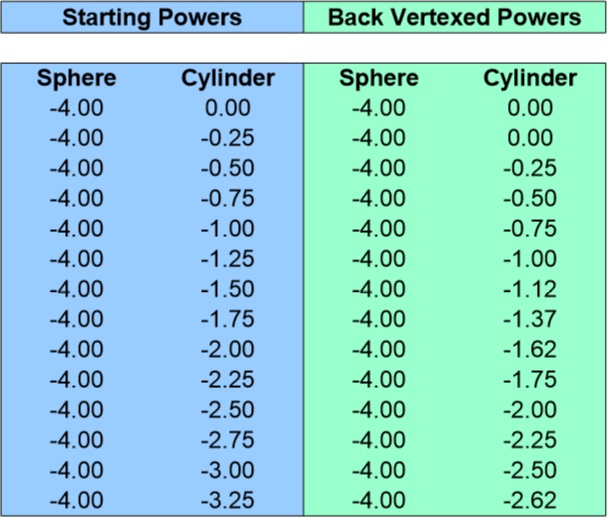 |
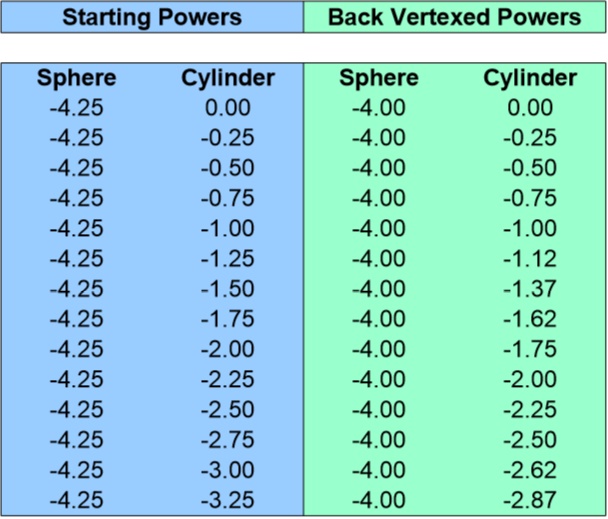 |
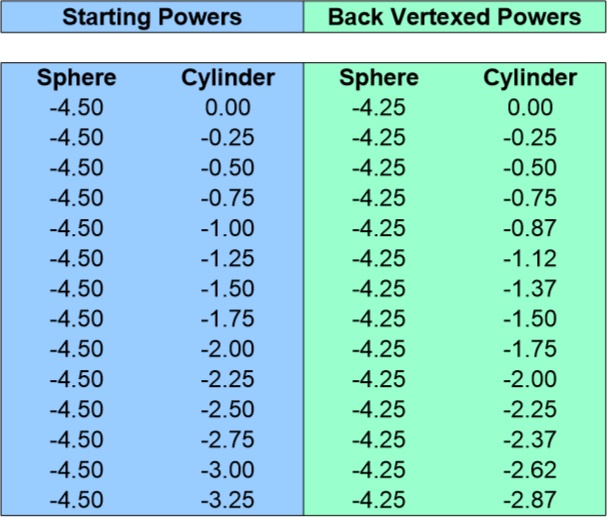 |
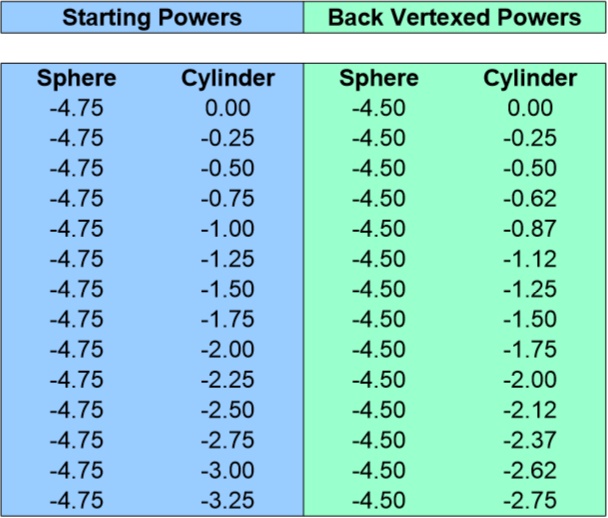 |
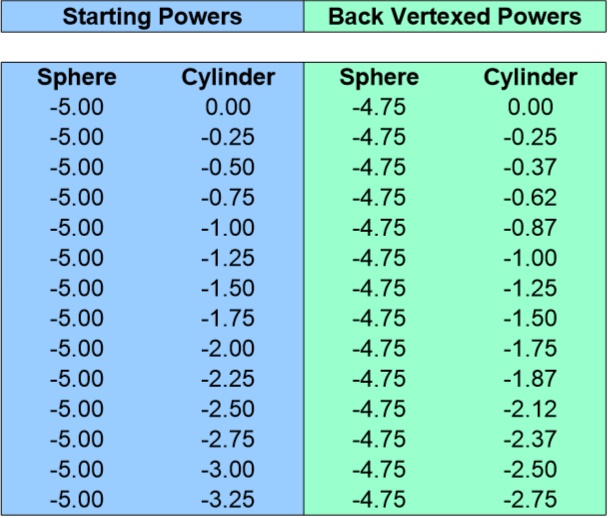 |
 |
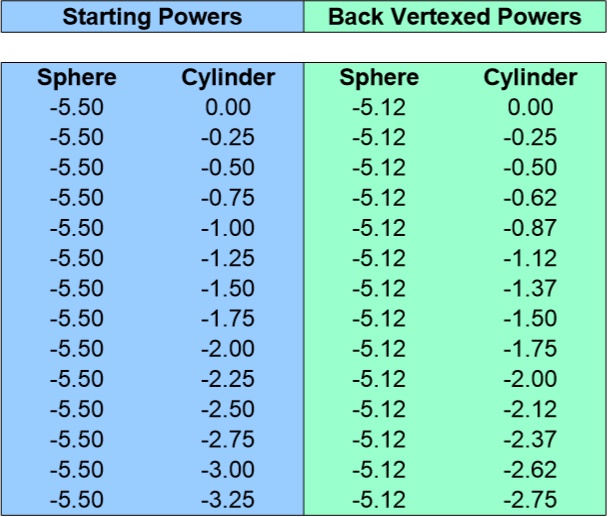 |
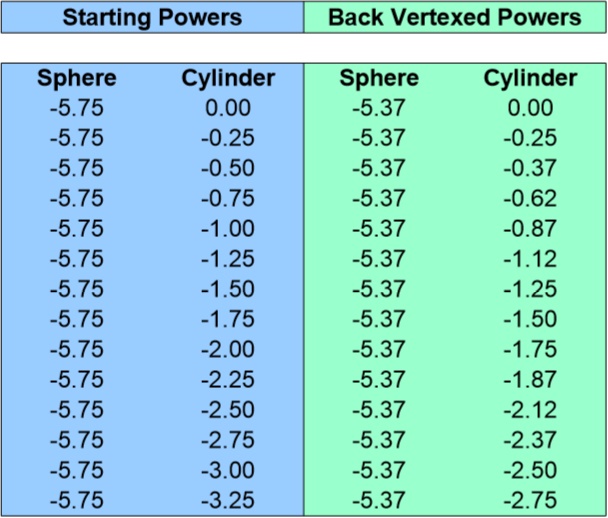 |
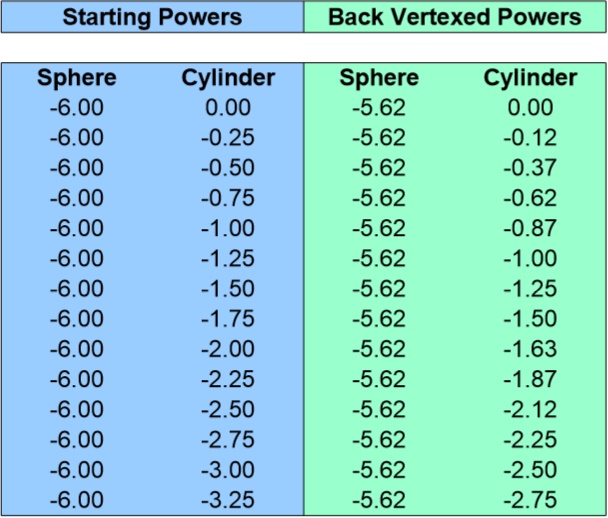 |
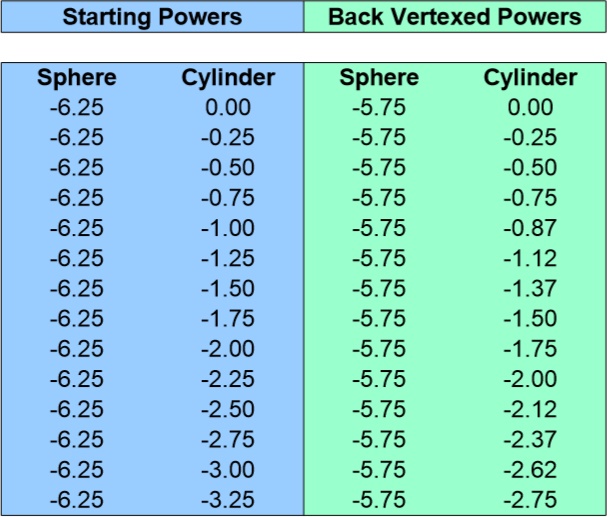 |
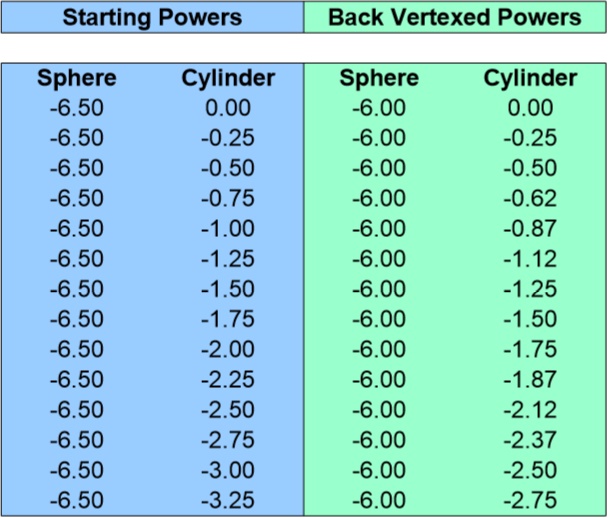 |
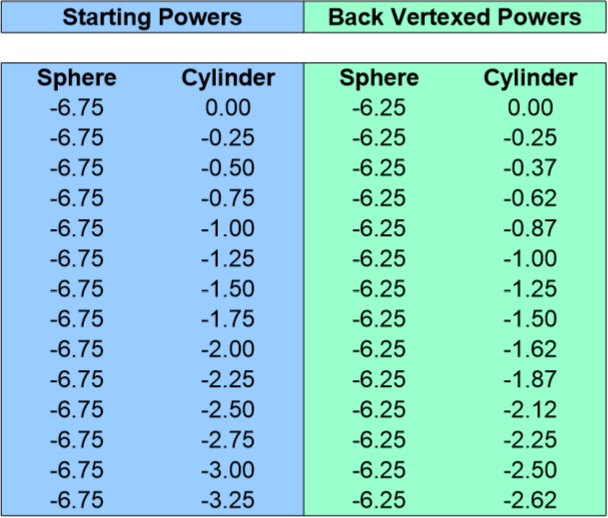 |
 |
 |
 |
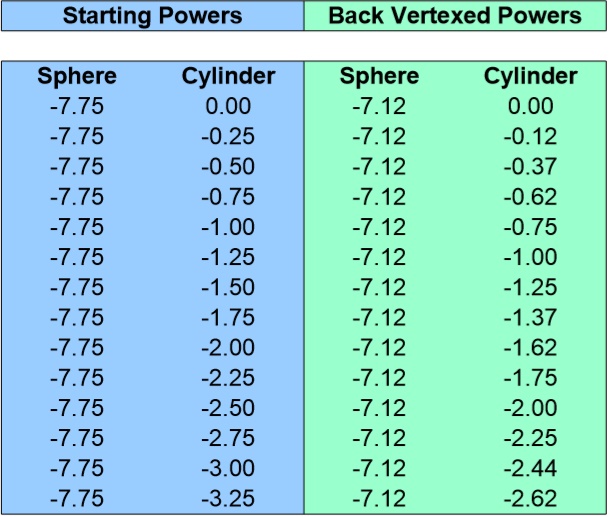 |


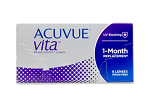

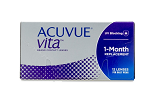

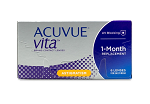
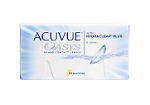
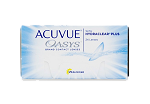
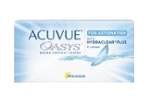

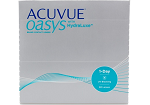


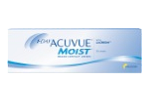
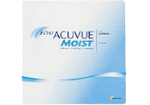

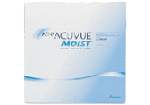
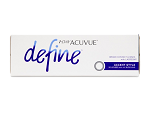
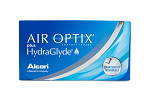
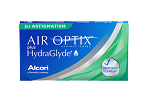

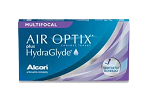
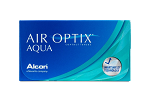
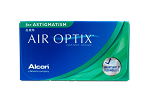
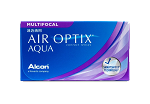

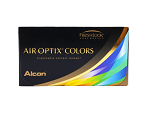

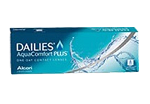




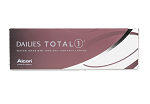

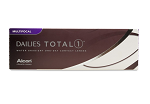


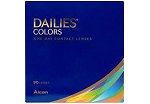



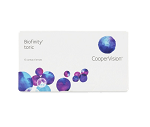
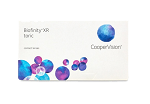


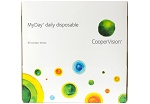
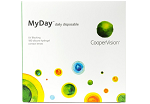
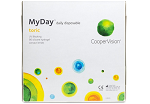


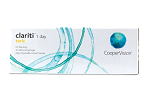
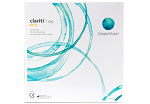
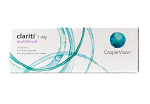
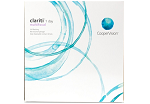
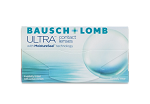

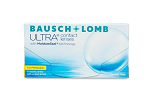
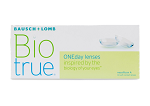
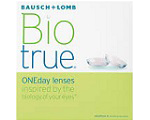

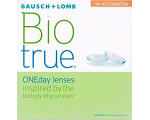



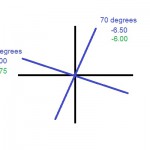

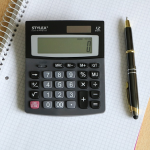
42 Responses
Ellie Rosace
Do I need these charts for -2.75 with 0 for the cylinder?
Julie
Hi Ellie, if there is no Cylinder, you could just use a regular vertex conversion chart, although you probably won’t find -2.75 on them because the vertex calculations are essentially insignificant for numbers less than -4.00.
DISCLAIMER
This information is provided as an information resource only (i.e., this is not medical advice) and is not to be used or relied on for any diagnostic or treatment purposes. This information does not create any patient-doctor relationship, and should not be used as a substitute for professional diagnosis and treatment.
Julie
Hi Sarah,
For your right eye, the formula would not change anything. The sphere would stay at -2.75 and the cylinder would stay at -0.75. The astigmatism (cylinder) is significant here, so it doesn’t go away.
On the other hand, for your left eye, the cylinder is smaller, and contact lenses aren’t made with such small cylinders. What most eye doctors would do with these numbers is they would probably take the equivalent sphere, meaning that the cylinder would disappear, but the sphere would get bumped up by -0.25 (half the cylinder).
So what you could very reasonable expect as a starting point for your contact lens fitting if you took these numbers to your eye doctor would be:
*This is not a prescription for contact lenses*
OD -2.75 -0.75 x 120
OS -3.00 none none
*This is not a prescription for contact lenses*
Once the back vertex power has been determined, your eye doctor then proceeds to check for a variety of things and adjusts the number accordingly.
Always use a valid contact lens prescription to order contact lenses.
Hope this helped.
This information is provided as an information resource only (i.e., this is not medical advice) and is not to be used or relied on for any diagnostic or treatment purposes. This information does not create any patient-doctor relationship, and should not be used as a substitute for professional diagnosis and treatment.
Abbey
If my contacts are -3.75 with a base curve of 8.8, what would my glasses prescription be?
Julie
Hi Abbey,
Unfortunately, it doesn’t work like that. There is absolutely no way to know 100% what the strength of your glasses should be if all you have are the numbers for the strength in your contact lenses.
There are several reasons for this, but to sum it up, it’s because arriving at a contact lens prescription requires (most of the time) omitting the information for glasses that is not relevant to contact lenses. Once you omit that info, it’s impossible to know what it was.
Does that make sense?
Here is the link to an article that explains this in more detail.
The best way for you to get your glasses prescription would be to contact your eye doctor’s office and have them give it you.
DISCLAIMER
This information is provided as an information resource only (i.e., this is not medical advice) and is not to be used or relied on for any diagnostic or treatment purposes. This information does not create any patient-doctor relationship, and should not be used as a substitute for professional diagnosis and treatment.
Julie
Hi Jami,
With numbers like that, vertex conversion doesn’t make any difference to the numbers. It’s only for when numbers that are higher than -4.00.
Hope that helped :)
DISCLAIMER
This information is provided as an information resource only (i.e., this is not medical advice) and is not to be used or relied on for any diagnostic or treatment purposes. This information does not create any patient-doctor relationship, and should not be used as a substitute for professional diagnosis and treatment.
Julie
Hi Bob,
It looks there is some information missing from your eyeglass prescription. Normally there are 3 numbers per eye for the distance (Sphere, Cylinder, Axis) and 1 for the near (Add). From what I can gather, it appears as though your Cylinder values are missing.
Right: Sphere +2.75 Cylinder ??? Axis 085 Add +2.50
Left: Sphere +3.00 Cylinder ??? Axis 102 Add +2.50
Krista
I’m try to find someone to purchase “tester” contacts for my son to just get used to putting in contacts and taking them out. There does not need to be a prescription in the lens. Do you know where I could purchase?
His eyeglass prescription reads: Sphere
OD -4.50
OS -4.75
Both CYL and AXIS = 0.00 and 000
Prism and PD are blank.
I’m assuming that his contact starting prescription would be:
OD -4.25, ??, ??
OS -4.50, ?? ,??
thanks for your help
Julie
Hi Krista, that’s a great question.
Most people would get such a ‘tester’ pair from the eye doctor. Part of a first-time contact lens fitting includes taking home a ‘trial pair’ of contact lenses that you can practice with.
I have noticed that CooperVision (a popular contact lens manufacturer) offers a free trial pair on their website. I have never tried this, but it might be worth giving it a try. Here is a link for you https://coopervision.com/free-contact-lenses
I would recommend going to your eye doctor’s office so your son can practice under the supervision of professionals.
Hope that helps :)
DISCLAIMER
This information is provided as an information resource only (i.e., this is not medical advice) and is not to be used or relied on for any diagnostic or treatment purposes. This information does not create any patient-doctor relationship, and should not be used as a substitute for professional diagnosis and treatment.
Teiya
Hi Julie,
I don’t see the back vertex numbers needed for sph -1.75 and sph -2.00. Why is that? Thanks so much.
Julie
Hi Teiya, the reason why I have not made charts with Sphere values lower than -4.00 is that those values do not change when converted. In other words, the sphere values would stay the same.
The only exception to this would be for Sphere values paired with high Cylinder values such that the sum of the Sphere and Cylinder is higher than -4.00.
DISCLAIMER
This information is provided as an information resource only (i.e., this is not medical advice) and is not to be used or relied on for any diagnostic or treatment purposes. This information does not create any patient-doctor relationship, and should not be used as a substitute for professional diagnosis and treatment.
Julie
Hi Alec, let me try to clarify your situation. You know your contact lens prescription but you don’t know all the numbers on your glasses prescription? If this is the case, it is actually impossible to use the numbers from your contact lenses to determine what the numbers for your glasses should be, especially the axis number. The best way to obtain the exact numbers in your glasses prescription would be to call up your eye doctors office and ask them to give them to you. If you want to know why this is the case, I have explained it in detail in the article.
DISCLAIMER
This information is provided as an information resource only (i.e., this is not medical advice) and is not to be used or relied on for any diagnostic or treatment purposes. This information does not create any patient-doctor relationship, and should not be used as a substitute for professional diagnosis and treatment.
Julie
Hi Laurey, interesting numbers. Are those all the numbers your old contact lenses had? They didn’t have any cylinder or axis?
I’m asking because your glasses prescription has a moderate, but quite significant amount of astigmatism (represented by the cylinder and axis values).
If your contact lenses don’t have cylinder and axis, it means they are ‘spherical’ contact lenses (not for astigmatism). It is possible for someone to wear spherical contact lenses even if they have astigmatism, but it means that vision will not be very good.
How did you find the vision with your old contact lenses?
Julie
Wow, there’s a lot going on here! Let me try to unpack it for you.
First of all, I think you’re correct as to why your eye doctor would not convert your glasses prescription for you. They probably want you to come in for a contact lens assessment appointment which they would obviously charge you for. If your glasses prescription has changed a lot and you think your contact lens prescription has too because you don’t see well with them anymore, then it is usually best to see get that appointment.
What I find interesting about your situation is that your new glasses prescription clearly has a significant amount of astigmatism in it, yet you seem to be seeing very well (even better) with your contact lenses which don’t have astigmatism correction in them.
If we take your new glasses prescription and apply the principles I discussed in my posts about back vertexing prescriptions, we would end up with:
R Sph -3.00 Cyl -1.00
L Sph -2.25 Cyl -1.75 (unchanged)
If we then take the spherical equivalent of these numbers we end up with:
R -3.50
L -3.125
Just as you had worked out on your own.
Although theoretically, you should see better with contact lenses for astigmatism, some people are quite tolerant to blur and don’t notice any difference.
With all of this being said, I’m not quite sure why your old contact lens’s left power is -3.75. This seems high compared to the -3.125 that we calculated. Perhaps it is a way for your left to compensate for all that astigmatism? I’m not quite sure to be honest.
If you’re currently seeing well with that -3.75, lowering it by -0.50 or -0.75 would risk creating blur in your left eye, on the other hand, maybe the -3.75 is too strong, and lowering it would be justified.
Unfortunately, in your case there are a lot of questions that simply can’t be answered on this kind of platform. For definitive answers, it might be necessary to see your eye doctor for that extra appointment after all.
I hope all of this has been of some help to you. I of course want to make clear that I am not a doctor, hence this is not medical advice and I am not prescribing you contact lenses here.
Julie
The pleasure was all mine :)
I’d love to hear how things work out with your contact lens prescriptions. If you remember to, give me an update when everything has been sorted out :)
Carly Ryane Al-Massi
How does the back vertex formula affect numbers like these:
sphere -025 cylinder 175 axis 005
sphere -050 cylinder 125 axis 005
Thank you.
Julie
Hi Carly.
The formula used to calculate the effect of the vertex distance doesn’t affect those numbers (Sphere and Cylinder) because they are smaller than -4.00.
The back vertex formula is not applied to axis numbers.
DISCLAIMER
This information is provided as an information resource only (i.e., this is not medical advice) and is not to be used or relied on for any diagnostic or treatment purposes. This information does not create any patient-doctor relationship, and should not be used as a substitute for professional diagnosis and treatment.
Lyse
Hi I was trying to figure out my glasses strength from my contacts but couldn’t figure it out. I know you’re not a doctor, I was just trying to see.
Right Eye Contact: – 6.00 -1.25 x 180
Left Eye Contact: – 5.75 – 1.25 x 170
Julie
Hi Lyse, unfortunately, it is not possible to figure out a glasses prescription based on contact lens numbers.
To obtain a contact lens prescription, you must start with numbers from a glasses prescription. In this process, some rounding off happens and certain information is lost. It then becomes impossible to recover that information from the numbers in the contact lens prescription alone.
This article explains in more detail why it is impossible to figure out the correct strength for glasses from contact lens numbers.
The only real way to obtain your glasses prescription would be to call you optometrist’s office and ask them for it.
DISCLAIMER
This information is provided as an information resource only (i.e., this is not medical advice) and is not to be used or relied on for any diagnostic or treatment purposes. This information does not create any patient-doctor relationship, and should not be used as a substitute for professional diagnosis and treatment.
Julie
Hi Michael,
Yes, you are correct that your right eye has a slight amount of astigmatism and your left eye doesn’t.
Your glasses prescription shows something that’s a little uncommon. The cylinder for your right eye is positive (+0.50). This means that your prescription was written in something called ‘positive cylinder’ format. This is relevant because contact lenses are all ordered using ‘negative cylinder’ format.
Double check to see if there is, in fact, a ‘+’ in the front the 0.50 for your right cylinder. If so, the first step to getting to your contact lens numbers would be to convert your glasses numbers from positive cylinder to negative cylinder. You can read more about that in this article.
After that, it is important to determine what your intended use is with the contact lenses. You see, because you have an Add in your glasses prescription, it means that you have to decide whether you want your contact lenses to help you see in the distance, up close, or both.
You’re nearsighted so I suppose that removing your glasses helps you see fairly well up close? If you get your distance prescription in your contact lenses, you will no longer be able to see clearly up close.
If you’re interested in seeing well in the distance and up close in your contact lenses, then you’re looking potentially getting something known as multifocal contact lenses, which can be a little tricky to use. You can read more about multifocal contact lenses here and here.
Sorry for the long discussion, but these are important things to consider. Looking forward to hearing back from you :)
Julie
Hi Jonathan, thanks for sharing your numbers.
Please note that I am not a doctor and this is not professional medical advice, nor a replacement for it.
When prescriptions say ‘plano’ in the sphere section, it means that you are neither nearsighted or farsighted. When you have any numbers in the cylinder section, it indicates that you have some astigmatism.
Your prescription happens to have cylinder of -1.00 in both eyes. If you’ve ever shopped for contact lenses before, you probably noticed that contact lenses are not available with a cylinder of -1.00. They are only available in either -0.75 or -1.25.
Although the numbers for you glasses don’t necessarily require a conversion (because they are very low), they do require you to select a different cylinder than the one on your glasses prescription.
Eye doctors usually decide whether to prescribe you -0.75 or -1.25 based on a variety of factors, but from my experience, it is more common for the lower number to be prescribed (in your case the -0.75).
Lastly, it is rather uncommon for eye doctors to prescribe an axis of ‘0’ as seems to be the case for your left eye. Although an axis of 0 is possible, by convention, it is referred to as ‘180’ when ordering glasses and contact lenses.
Julie
Hi John, thank you for the support! I truly appreciate it :)
To be notified when I post new content, please feel free to:
Like/follow me on Facebook
Follow me on Twitter
Add me on Google+
You can also subscribe to my mailing list (scroll down to bottom) where you will receive current glasses and contact lens coupons and deals once a month.
Regarding the numbers on your prescription, you are correct about the sphere staying the same. They would not be affected by the back vertex formula because they are too small.
Although you do have cylinder numbers, -0.25 is the smallest possible cylinder number and it doesn’t make a significant difference when wearing contact lenses. Because of this, contact lenses aren’t available for cylinders under -0.75.
The axis number is only relevant when you have cylinder numbers. Since your contact lenses would not contain cylinder, they also wouldn’t require an axis.
I hope this all makes sense :)
Please understand that I am not a doctor and do not provide contact lens prescriptions or medical advice/replacement for medical advice on this site.
Chris
Hi Julie!
I’m wondering if there is a way to do it in reverse? I have a contact lens prescription and wanted to order contacts based on that…is that possible? I have the same prescription in both eyes:
-7.50 BC 8.6 DIA 14.2
Thanks for your help
Julie
Hi Chris,
You mean you know your contact lens prescription but not your glasses prescription?
Unfortunately, there’s no way to accurately determine your glasses prescription from a contact lens prescription. The reason for this is that a contact lens prescription is in some sense a simplified version of a glasses prescription. Once you convert from glasses to contact lenses, you lose some information about the original prescription. If you don’t know what the original glasses numbers were, it’s impossible to infer them from the contact lens prescription only.
For example, the following powers could all theoretically result in the same contact lens prescription:
-8.25 SPH
-8.00 -0.50 x 180
-8.00 -0.50 x 179
-8.00 -0.50 x 178
…
-8.00 -0.50 x 092
-8.00 -0.50 x 091
-8.00 -0.50 x 090
-8.00 -0.50 x 089
-8.00 -0.50 x 088
-8.00 -0.50 x 087
…
-8.00 -0.50 x 003
-8.00 -0.50 x 002
-8.00 -0.50 x 001
All of these are equivalent to contact lenses with a power of -7.50, and that’s if no further adjustments were required (which is common for people with high prescriptions).
You can read more about this topic in this article.
The best way to get your glasses prescription would be to contact your eye doctor’s office and ask for it.
Hope this helped :)
DISCLAIMER
This information is provided as an information resource only (i.e., this is not medical advice) and is not to be used or relied on for any diagnostic or treatment purposes. This information does not create any patient-doctor relationship, and should not be used as a substitute for professional diagnosis and treatment.
Julie
Hello Jennifer,
The reason why there are no charts for those numbers is because the formula would yield no significant difference in the numbers.
The back vertex formula does not start changing numbers significantly until they become higher than approx. -4.00.
Hope this helped.
Hilary
Hi Julie, this webpage is brilliant, thank you very much for sharing your knowledge. These numbers are not on your charts:
-0.25 / [blank] / [blank]
-0.50 / -0.25 / 150
Am I correct in thinking that back vertex formula would yield:
-0.25 / blank/ blank
-0.50 / 0/ 150.
Really would appreciate your opinion on this.
Julie
Hi Hilary,
The back vertex equation wouldn’t affect those numbers. Also, the Axis is irrelevant in these calculations.
DISCLAIMER
This information is provided as an information resource only (i.e., this is not medical advice) and is not to be used or relied on for any diagnostic or treatment purposes. This information does not create any patient-doctor relationship, and should not be used as a substitute for professional diagnosis and treatment.
Julie
Hi Craig,
The spherical equivalent of your glasses numbers is:
Right: +0.25
Left: +0.25
This is a minuscule prescription. So small that many brands of contact lenses don’t even come in that power. Most daily brands usually start at +0.50, but you’d probably be able to find +0.25 in monthly brands.
If you go the toric route, you would have no choice but to add -0.25 to the cylinder on your glasses prescription for both eyes since toric contact lenses don’t come in cylinders lower than -0.75. Since you would be adding extra (albeit small) minus (-0.25) to your cylinder, you certainly would not want to also add minus to your sphere. The closest toric contact lens numbers to your glasses prescription would be:
Right: +0.50 / -0.75 x 010
Left: +0.50 / -0.75 x 180 or 010
Given that your glasses prescription is so small, I really don’t know what it is about it that makes the twitch go away. Could it something about wearing the glasses themselves as oppose to the prescription in the glasses that helps relax the muscle? What happens to the twitch when you were regular sunglasses?
I honestly have no idea if contact lenses will help with your twitch. You could always ask your eye doctor for a few trial pairs to see if they have any effect on your twitch, and if it helps, then proceed to buy a larger supply.
Please note that I am not a doctor and that you are not receiving medical advice, nor are you being prescribed contact lenses on this site.
Julie
Hi Abby, thanks for the compliment! I’m glad you found the information you were looking for on my site :)
A good starting point for contacts based on those numbers could be:
R: -4.00 sphere, no cylinder, no axis
L: -3.75 sphere, -0.75 cylinder, 180 axis
Contacts aren’t made with cylinders lower than -0.75, so for your right eye, the spherical equivalent would be a good starting point.
Doing back-vertex calculations for your left eye would bring the cylinder down from -1.00 to -0.75, and the closest axis in contacts to 003 is 180 (which is essentially the same as an axis of 0).
Please note that these numbers are not your contact lens prescription. They are just a logical starting point for you to trail contact lenses. If there are no problems with those numbers, then your eye doctor can prescribe them to you.
I am not a doctor and this is not professional medical advice :)
Julie
Hi Amanda, thanks for the question! Your glasses prescription is very low and simple, so there would be no reason to really change the numbers for your contact lenses. Your eye doctor would probably start with the exact same numbers as your glasses, and if there are no problems with those numbers, that’s what he/she would prescribe.
Remember, I am not a doctor and this is not professional medical advice :)
Julie
Hi Deena, based on those numbers, the most appropriate numbers for your contacts would probably be the same. Based on the numbers alone, there would be no reason to change them off the bat. Your eye doctor would most likely have you trial those numbers, then prescribe them to you if he/she sees nothing wrong with the vision, fit, etc.
Remember, I am not a doctor, I am not prescribing you contact lenses, and this is not a replacement for professional medical advice :)
Julie
Hi Steve,
Thanks for reading my article and for your excellent question.
You definitely have the right idea. Taking the spherical equivalent is essentially what said: averaging the prescription over the surface of the lens.
In your message, you took the spherical equivalent first and then you calculated the effects of the vertex distance, resulting in:
OD: -5.50
OS: -4.00
In principle, there is nothing wrong with that order. You’ll find, however, that the order doesn’t particularly matter for low numbers like yours. See, if you did the vertex calculations first, then the spherical equivalent, you’d end up with essentially the same numbers:
OD: -5.375
OS: -4.00
The two different order of doing the calculations only yield a 0.125D for your right eye, and it comes out to exactly the same for the left eye. As you may already know, -5.375 is not an option for ordering contact lenses. Besides, as far as how it would affect your vision, that 0.125 would be insignificant compared to the fact that you are ‘masking’ -1.00D worth of cylinder by taking the spherical equivalent in the first place.
As you said, if you end up using spherical contact lenses, you can expect some blurriness in your vision (slightly more from your right eye). Some people can tolerate the blur caused by ‘masking’ that amount of astigmatism, and some people can’t. It all depends on your individual tolerance to blur, but your expectations are in the right place.
I hope this helped :)
Please remember that I am not a doctor, I am not prescribing you contact lenses, and this should not be taken as medical advice, nor a substitute for professional medical advice.
Rhi
Hi Julie,
Could you help tell me if these numbers are affected by the charts?
-2.25 SPH
-1.50 -1.50 x 164
Thanks,
Rhi
Julie
Hi Rhi,
If you combine the SPH and CYL numbers, you will see that they are less than -4.00, meaning that the effect of the back vertex formula is too insignificant to change the numbers.
Hope that helped.
DISCLAIMER
This information is provided as an information resource only (i.e., this is not medical advice) and is not to be used or relied on for any diagnostic or treatment purposes. This information does not create any patient-doctor relationship, and should not be used as a substitute for professional diagnosis and treatment.
Rachel franks
What do you do with the add power for contact lenses?
Julie
Hi Rachel,
That’s a good question, and the answer is that it depends.
For contact lenses for the distance, the ADD number is irrelevant.
The Add number indicates how much more the Sphere number needs to be in order to achieve clear up close (~16 inches). For clear vision in the distance and up close with contact lenses, multifocal contact lenses need to be considered.
If you are interested in multifocal contact lenses, I would strongly advise that you have your eye doctor do a multifocal contact lens fitting for you, as it can be very tricky to find the right balance between clear distance and near vision. Once you have your prescription, you can proceed to purchase them online to find the best price for the brand your doctor prescribed.
Hope this helped :)
DISCLAIMER
This information is provided as an information resource only (i.e., this is not medical advice) and is not to be used or relied on for any diagnostic or treatment purposes. This information does not create any patient-doctor relationship, and should not be used as a substitute for professional diagnosis and treatment.
Julie
Hi Evan, thanks for the question.
This brand will not be ideal for your numbers because its maximum available cylinder is -2.25. This is the case for most (if not all) daily contact lenses for astigmatism. It may be better for you to look into using monthly or bi-weekly lenses in order to get a higher Cylinder such as -2.75.
Additionally, daily contact lenses for astigmatism often don’t offer every axis. In the case of Acuvue 1-Day Moist for Astigmatism, axis 30 is not available, which is the axis that is most likely to be needed for your right eye. Again, bi-daily and monthly contact lens brands may be a better fit because they do offer all the axis options.
Remember to always have your optometrist test the fit of contact lens before using it, and always use a valid contact lens prescription to order contact lenses.
DISCLAIMER
This information is provided as an information resource only (i.e., this is not medical advice) and is not to be used or relied on for any diagnostic or treatment purposes. This information does not create any patient-doctor relationship, and should not be used as a substitute for professional diagnosis and treatment.
Simon
Hi Julie.
I understand that you are not a doctor, but any advice would be appreciated. I am exhausted trying to achieve the same level of sight with contacts as with my bifocal glasses.
I have been to many, many optometrists who can’t get the same level of vision for me through contact lenses as I have with glasses. I have astigmatism and nearsightedness. With that in mind, is there s perfect contact bifocal/multifocal/toric lenses for me if my bifocal eyeglasses prescription is:
(spi) (cyl) axis add
OD -3.00 -0.75 150 +1.75
OS -3.00 -0.75 180
Julie
Hi Simon, that’s a great question.
In my opinion, you will not find contact lenses that can make your vision as good as it is with your glasses. Why? Because they’re not designed to.
If you’re looking for contact lenses to give you vision as good as your glasses in the distance alone, I would say that yes, it should be possible. But if you’re looking for contact lenses that give you vision as good as your glasses in the distance and at near, you will not find them.
Contact lenses that allow you to see in the distance and at near are called multifocal contact lenses. These contact lenses should never be offered to patients with the expectation that they will see 100% clearly with them. They are simply not designed for that. They are intended to give you about 85% of the vision that you can achieve with your glasses.
Multifocal contact lenses have your distance and near prescription all mixed up together, which creates a double-edged sword. One on hand it does allow you to see clearly (for most tasks) in both the distance and at near, but the downside is that in order to offer you that kind of range of vision, it must compromise on the clarity of the vision.
What complicates matters further for you is that your prescription has astigmatism. Most multifocal contact lens brands do not offer astigmatism correction. Using contact lenses without astigmatism correction alone will cause your vision to not be as clear as it is with your glasses. There is one brand that I know of that offers both multifocal and astigmatism design, but it is notoriously difficult to fit, and it’s quite pricey. It’s called Proclear Multifocal Toric.
*This is not a prescription for contact lenses*
I hope this helped :)
DISCLAIMER
This information is provided as an information resource only (i.e., this is not medical advice) and is not to be used or relied on for any diagnostic or treatment purposes. This information does not create any patient-doctor relationship, and should not be used as a substitute for professional diagnosis and treatment.
Julie
Hello Margaret,
When cylinders are written with a + that means that they were written by an eye doctor who prescribes in ‘positive cylinder’ format. This is not the format used for ordering glasses and contact lenses hence. Prescription written in positive cylinder format need to be converted to the ‘negative cylinder’ format, which is more common. Then you will find your numbers on the charts. Here is an article on the principles behind converting positive cylinder to negative cylinder.
DISCLAIMER
This information is provided as an information resource only (i.e., this is not medical advice) and is not to be used or relied on for any diagnostic or treatment purposes. This information does not create any patient-doctor relationship, and should not be used as a substitute for professional diagnosis and treatment.
Sria
Hello, could you please tell me your best guess off of my glasses prescription. I need to get contact lenses, so please give me ur best guess! this is the prescription,
Right (OD) sphere -1.25 Cyl None, AXI None
Left (OS) Sphere -0.75 , CYL -0.50, AXI 178
PD: 66
What would my contact lense prescription be ? even your best guess would be greatly appreciated,
Thank you
Julie
Hi Sria!
A contact lens fitter would probably start with:
Right (OD) sphere -1.25
Left (OS) Sphere -1.00
The explanation for this can be found here.
Of course, as you know I am not a doctor and this is not a prescription for contact lenses. I recommended checking with your eye doctor before purchasing contact lenses.